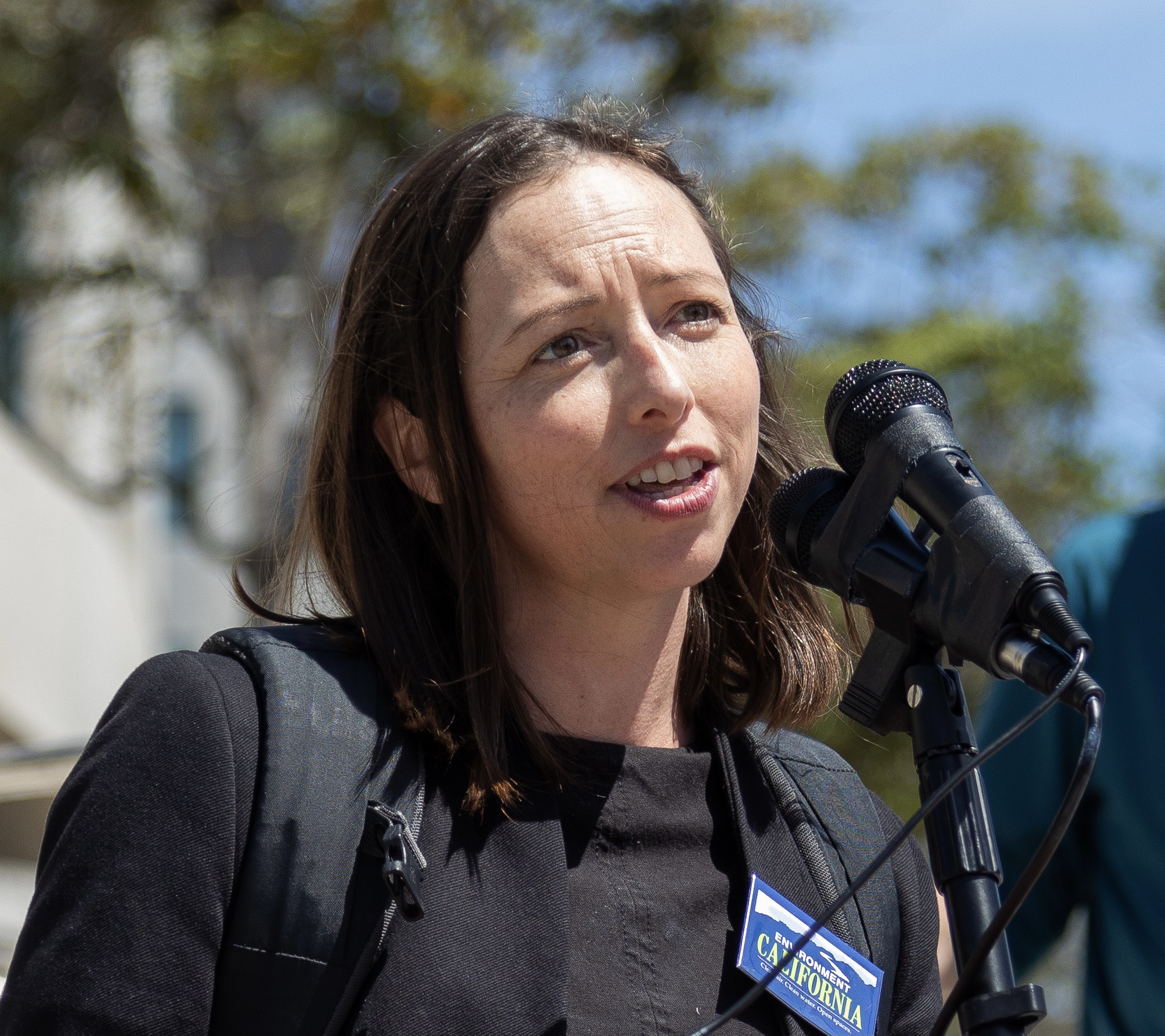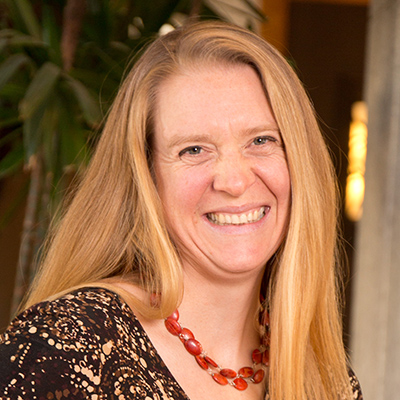
Going solar and adding storage: how federal tax credits can help
In this video, experts explain how new federal clean energy tax credits passed under the Inflation Reduction Act can help you go solar, whether you're a renter or owner.
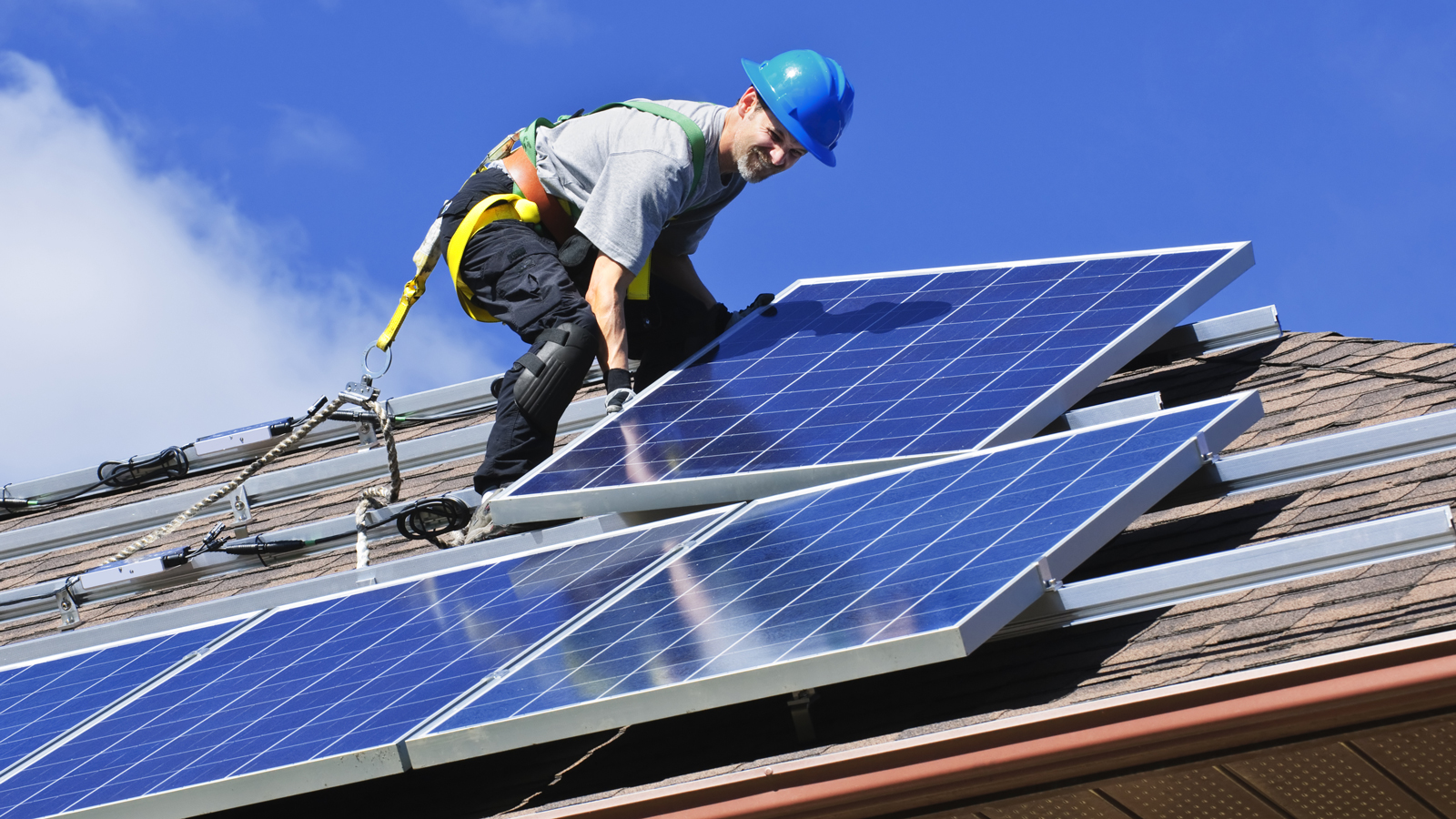
In this session facilitated by Laura Deehan of Environment California Research & Policy Center, Ben Sonnega of EnergySage joins Hanna Mitchell from Solar United Neighbors and Pete Parsons from the Texas Solar Energy Society explain the benefits of going solar, why it makes sense to add in energy storage if you can, and how the clean energy tax credits can help you go solar.
Why solar & storage
There are many benefits of going solar. First, you can reduce your environmental impact and help combat climate change — adding solar is equivalent to planting 100+ trees a year. It could drastically reduce or even cover your electricity cost. And adding storage helps capture additional clean energy; provide reliable, consistent backup power; and builds resilience to climate related outages and variables such as rising energy costs.
There are two ways to have your home go solar, including an option for renters:
- Residential solar = Solar panels are installed on residential homes. They can be on the rooftop or ground mounted. Usually best for homeowners, and reaps the greatest savings.
- Community solar = Great option for renters, or people who don’t own their roof. Participants subscribe to utilize solar power, save money and support local clean energy.
Inflation Reduction Act incentives for solar and storage
For residential homes, you can take advantage of the Residential Solar Investment Tax Credit (ITC) and Energy Storage ITC. There is also a tax credit option for developers of community solar.
If you are a renter, what does the community solar tax credit mean for you?
If you are a renter, or can’t put solar on your roof, there’s still an option for you to support solar and enjoy savings benefits. More developers are able to build projects, thus creating more availability of projects to subscribe to over time. But note that community solar is not available in all states yet (this first must be enabled by local policy).
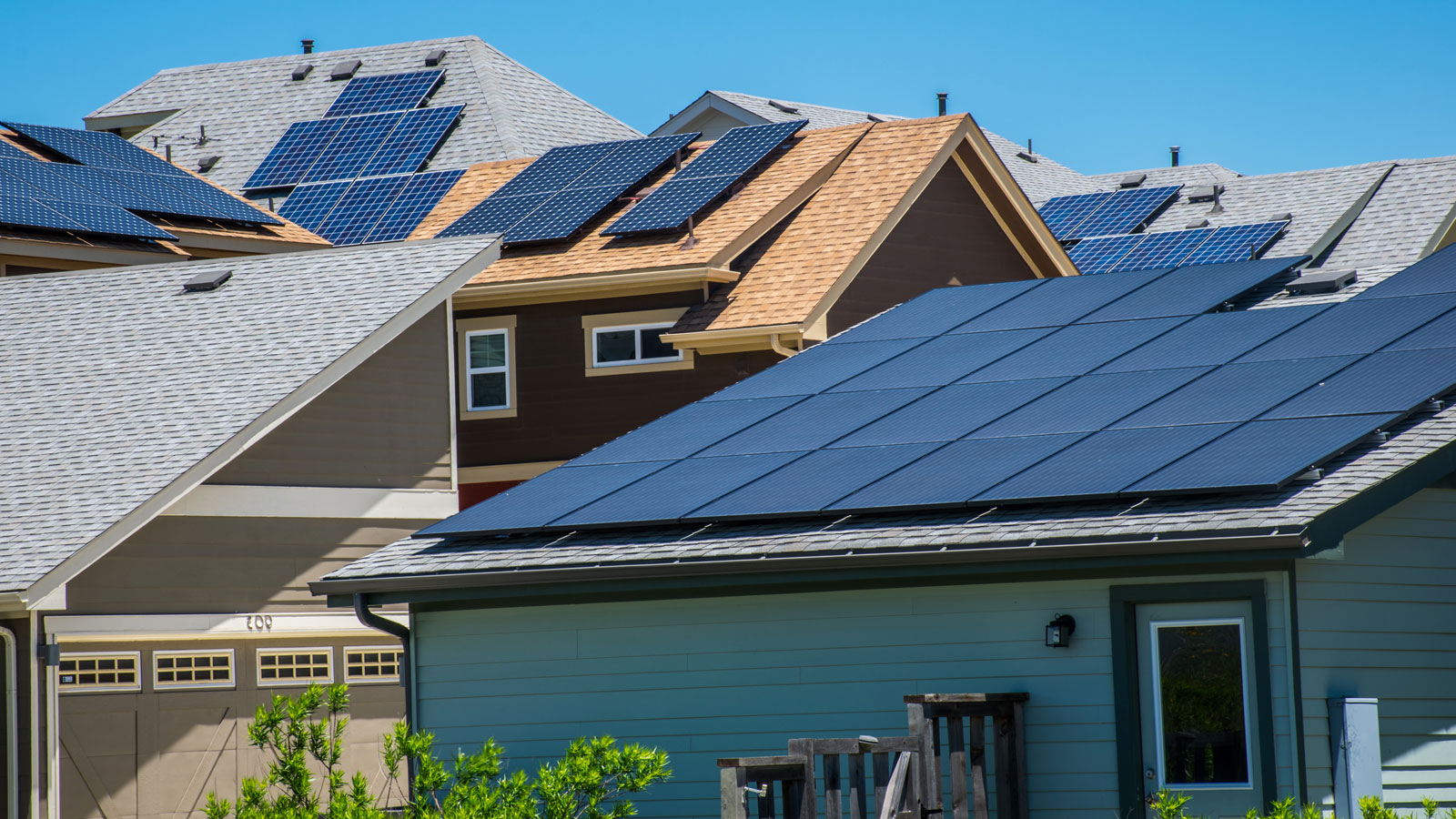
How To Go Solar
Topics
Authors
Johanna Neumann
Senior Director, Campaign for 100% Renewable Energy, Environment America Research & Policy Center
Johanna directs strategy and staff for Environment America's energy campaigns at the local, state and national level. In her prior positions, she led the campaign to ban smoking in all Maryland workplaces, helped stop the construction of a new nuclear reactor on the shores of the Chesapeake Bay and helped build the support necessary to pass the EmPOWER Maryland Act, which set a goal of reducing the state’s per capita electricity use by 15 percent. She also currently serves on the board of Community Action Works. Johanna lives in Amherst, Massachusetts, with her family, where she enjoys growing dahlias, biking and the occasional game of goaltimate.
Laura Deehan
State Director, Environment California Research & Policy Center
Laura directs Environment California’s work to tackle global warming, protect the ocean, and stand up for clean air, clean water and open spaces. Laura served on the Environment California board for two years before stepping into the state director role. Most recently, she directed the public health program for CALPIRG, another organization in The Public Interest Network, where she led campaigns to get lead out of school drinking water and toxic chemicals out of cosmetics. Prior to that, Laura ran Environment California citizen outreach offices across the state and, as the Environment California field director, she led campaigns to get California to go solar, ban single use plastic grocery bags, and go 100 percent renewable. Laura lives with her family in Richmond, California, where she enjoys hiking, yoga and baking.
Matt Casale
Former Director, Environment Campaigns, PIRG
Find Out More

Green schools guide

How federal tax credits can help you reduce energy waste in your home
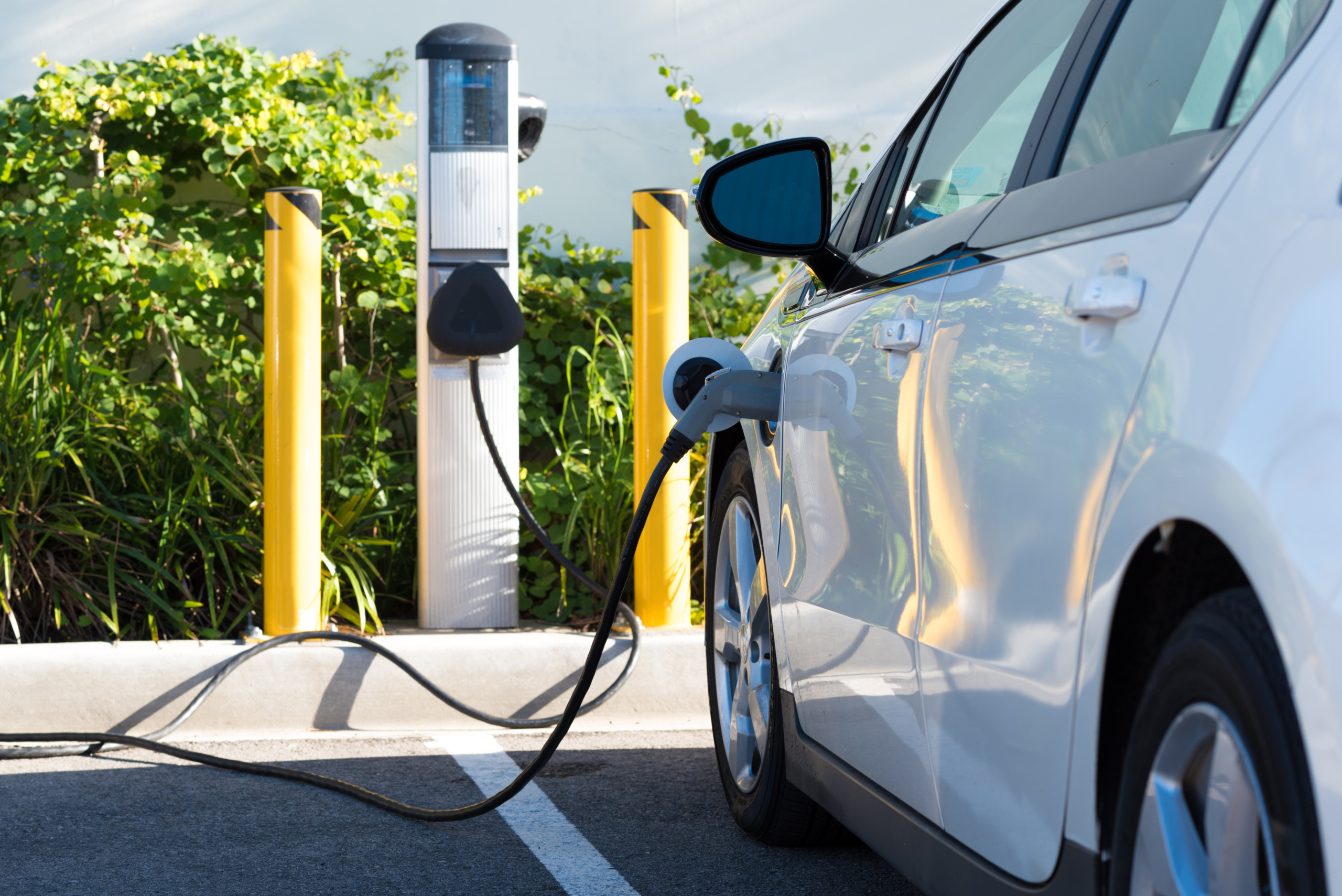
How federal tax credits can help you get an electric vehicle

